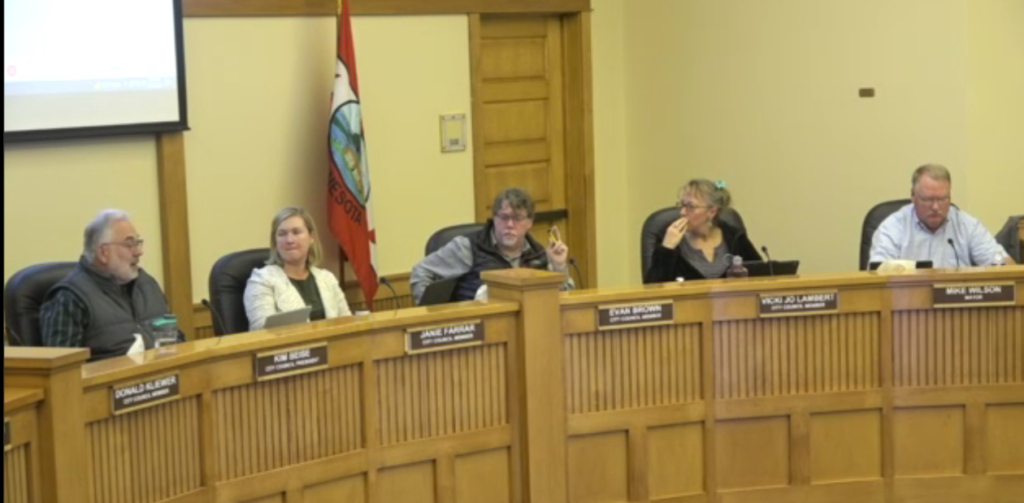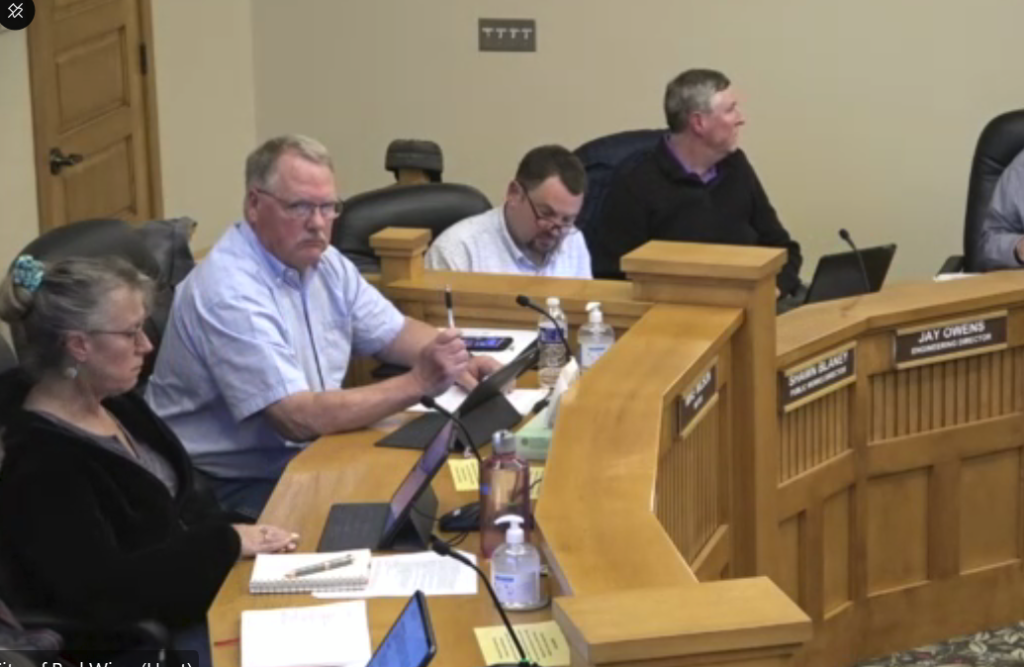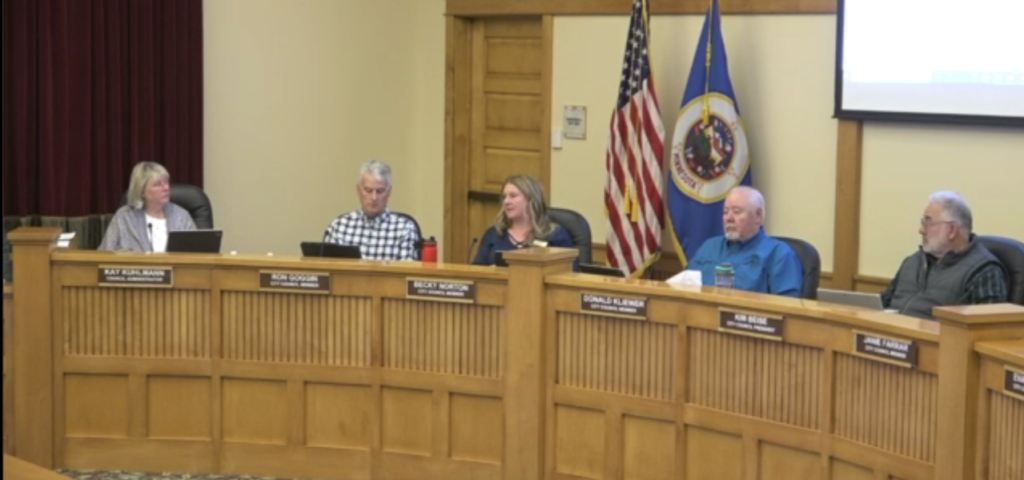NIETC transmission – here we go again
May 15th, 2023
Just in, and enlivened links are here:
- National Interest Electric Transmission Corridors (NIETC) Designation Process and how to provide feedback.
- Registration is required – register at this link.
- NIETC Designation Process Fact Sheet (May 2023)
- Arguably based on the National Transmission Needs Study (Needs Study)
- Notice of Intent (NOI) and Request for Information (RFI)
ARRRRGH, makes me sick…
NIETC Transmission Corridors… AGAIN? MORE?
May 12th, 2023

Here we go again. The DOE has announced another round of National Interest Electric Transmission Corridors and maybe coming to your community!
The most important info isn’t published yet, but once it is, and we know all the details:
The Notice of Intent and Request for Information: Designation of National Interest Electric
Transmission Corridors will be published May 15, 2023, at that time, the blanks will be filled in:
RW City Council going on and on about EV
April 24th, 2023
This really isn’t that complicated… but the opponents to installing EV are arguing all possible sides, saying that this should not be on the public, it should not be a government project, that it should be a private enterprise and yet that the private enterprise should not be allowed to make money, and add the tired arguments that we shouldn’t be jumping in ahead of the market/technology.
Jump to agenda items on R side of screen:
https://redwingmn.portal.civicclerk.com/event/21/media
Oh, please, just get this moving…
And that was after Charter Commission appointments, which was unreal… (starts about 54:40):
https://redwingmn.portal.civicclerk.com/event/21/media
… with the most pregnant pause when Council members had to be reminded of their own Rules and Procedures, that if member asked, matters to be taken one at a time. Had none of them read the Rules and Procedures they just passed?
Overland’s Lava Ridge DEIS Comments
April 19th, 2023
Whew! Got this done early too!
And that noise modeling that is SO off, really, p. 18 & 19, they did this, 0.6 and 1.0 ground factor!!!
Nope, not OK, this needs a do over, resubmit corrected modeling, with notice for public review and comment.
Here’s a post with the primary documents for you to check out and COMMENT ON!
Lava Ridge wind DEIS deadline now 4/20
The right to be rude!
March 24th, 2023
In Massachusetts, a case has come down supporting a person’s right to be rude in seeking redress from government:
Keep in mind this is Massachusetts, but we had something similar in Minnesota, after Robin Hensel was hauled out of a Little Falls City Council meeting, and she took it up to the Minnesota Supreme Court:
This Minnesota opinion so concerned Red Wing’s former police chief Pohlman that he initiated Ordinance 115, designed to give police additional power to remove people from City Council meetings, even after consulting with the County Attorney (hmmmm, why?) who said it was not necessary, not needed. What was Pohlman trying to do? Why? What was he afraid of?
Red Wing’s Ordinance #115 – Why?
Here’s the letter I’d written then:
Ordinance #115 – disruptions at Council meetings?
Monday night, the Council took up Ordinance #115, triggered by the recent Minnesota Supreme Court’s Hensel decision. That decision held that the law defining conduct that “disturbs an assembly or meeting, not unlawful in its character” as disorderly conduct was unconstitutional, “a serious overbreadth problem.” Here, the City has decided to consider an ordinance of its own with language that puts the City on the wrong side of the law. Why would the City want to do this?
The discussion was good – I’m grateful members raised Constitutional issues, the 1st Amendment, and its broad definitions. One said “We’d instructed staff after we got information,” the City Attorney had been instructed to draft the ordinance. “We were asked to address this.” By whom? It’s not gone through committee process. The packet’s item 9B was a memo from Roger Pohlman, Chief of Police, requesting a Motion to introduce the Ordinance. Councilor Hove noted that there haven’t been disruptions for years, since back when the Council met upstairs! Others, including the City Attorney, noted that in addition to city policy, there is applicable law. Only part of the disorderly conduct statute (Minn. Stat. 609.72) was held unconstitutional, and parts remain, including “engages in offensive, obscene, abusive, boisterous, or noisy conduct or in offensive, obscene, or abusive language tending reasonably to arouse alarm, anger, or resentment in others.”
Why use Council time on this non-issue, particularly where the City has policies in place regarding disruption? What was most concerning were Chief Pohlman’s reasons for requesting this ordinance. First, he noted that police use of force practices limit what level of force may be used, and “if individual becomes passive, resistant” this ordinance was back up to use force to remove someone. He raised this issue of level of force twice. The other claimed justification was liability issues if someone claims injury when removed, that it’s “difficult to use policy to support our case.” This is an issue?
As Alan Muller was quoted in your article, “people disrupt meetings — people behave aggressively — when they feel that behaving politely and with restraint isn’t working.” Council President Biese cut off Muller’s statement just as he was finishing! In my own experience, I’ve been shushed by Biese for objecting when my Ash Mining clients had no opportunity to speak before the Council approved that scheme. I’ve also been ordered removed from a St. Croix Falls/Taylors Falls joint Council meeting by then Mayor Lundgren for merely asking a question, raising a financial corruption issue, in a public comment period. Lundgren was later charged and plead guilty to Theft and Misconduct in Office. Sometimes being heard requires standing up.
A primary outcome of the Red Wing Citizens Assembly was recognition that the City Council needs to be welcoming, transparent, that the Council must listen to citizens, and welcome public engagement. Ordinance #115 is a visible step in the opposite direction
Carol A. Overland







